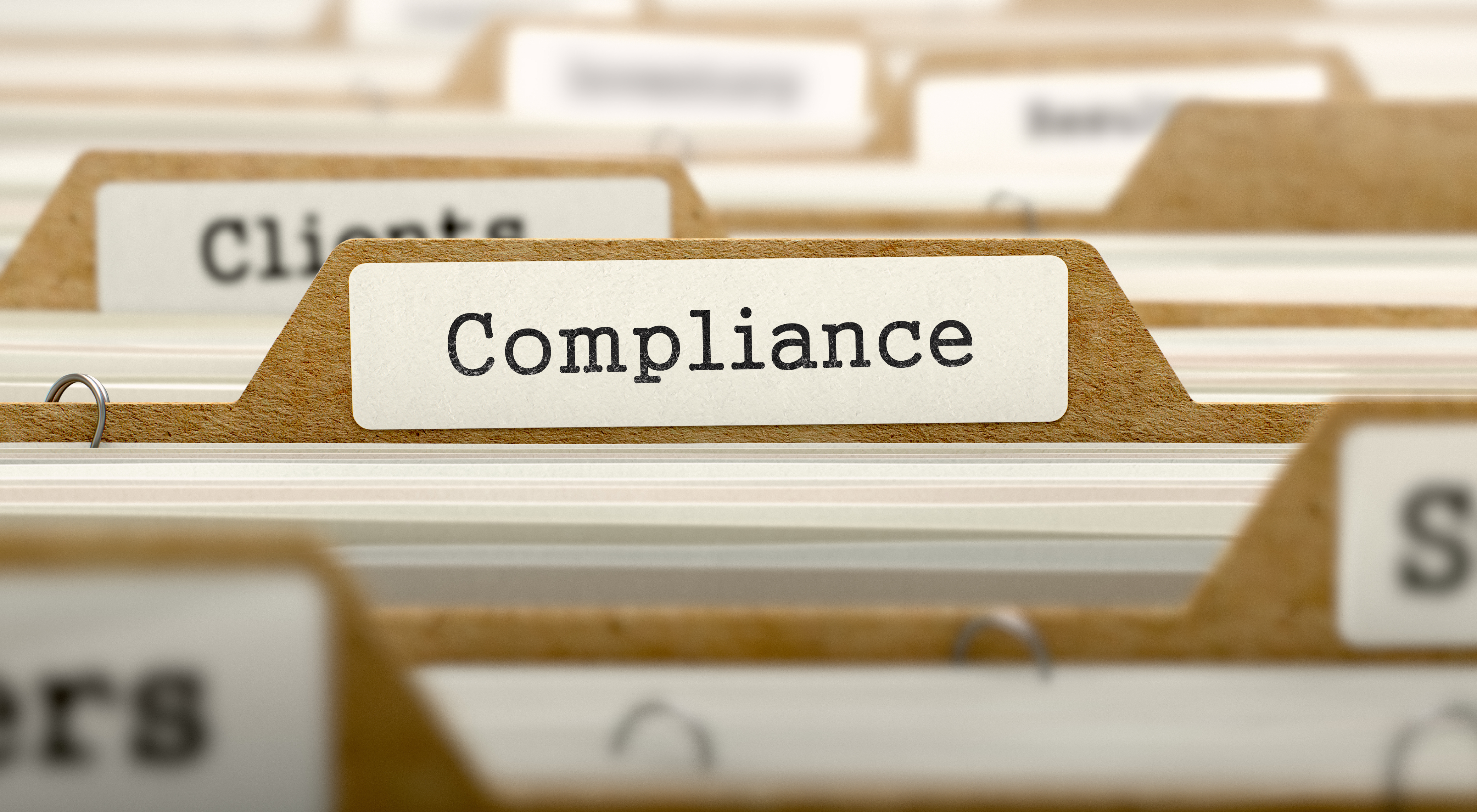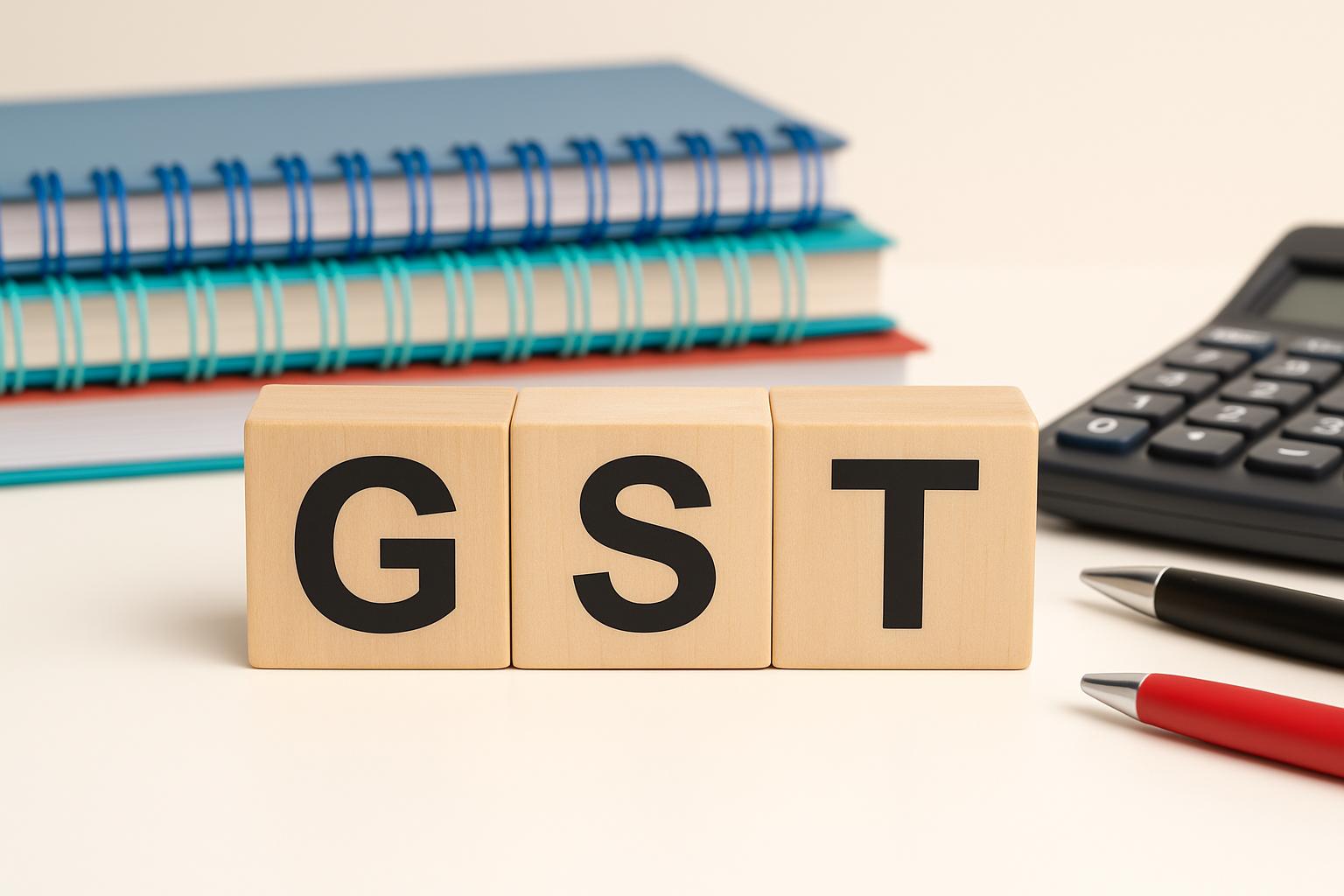A corporate identification number (CIN) is a 21-digit unique alphanumeric code introduced by the Ministry of Corporate Affairs (MCA) to track and identify incorporated businesses in India. Registrar of Companies (RoC) assigns a CIN to the companies along with the registration certificate.
Typically, it is mentioned on your registration certificate, but you can also do a CIN search using the MCA portal. In this guide, we will walk you through the steps to locate and decode your CIN efficiently, helping you understand its structure and significance.
What is a CIN search?
A CIN search is the process of locating a company’s Corporate Identification Number in the official database maintained by the Ministry of Corporate Affairs (MCA) in India. It allows individuals and businesses to verify a company’s registration details and ensure the legitimacy of its operations.
The CIN acts as a unique identifier for the companies registered in India, similar to a passport number for citizens. Through this number, you can access important details such as:
- The company’s name and registration type
- Date of incorporation
- State of registration
- Company status (active, dormant, or closed)
- Registrar of Companies (RoC) under which it is registered
How to find your CIN?
Finding your company’s CIN is straightforward, thanks to the MCA’s online portal. Here is a step-by-step guide:
- Visit the MCA website: Navigate to the Ministry of Corporate Affairs website. The portal provides a public search tool that is free to use.
- Select the MCA services tab: Under the MCA Services section, choose ‘View Company or LLP Master Data.’ This tool allows users to search by company name, registration number, or CIN.
- Choose the desired option: After clicking on the MCA services tab, you will see three options: search based on the registration number, search based on the existing LLP/company name, search based on the old company/LLP name and search based on inactive CIN. Choose your desired option and fill in the details.
- Note the CIN: Once the CIN is displayed, you can download the company’s master data or note the CIN for future reference. This CIN can then be used for further verification and official purposes.
How to decode your corporate identification number?
Here is a breakdown of the CIN components:
1. Listing status (1st digit)
The first character indicates whether the company is listed on the stock exchange or unlisted. Example: ‘L’ for listed, ‘U’ for unlisted.
2. Industry code (Next 5 characters)
These five digits represent the industry code based on the National Industrial Classification (NIC). It gives an idea of the company’s primary business activity.
3. State code (Next 2 characters)
The following two letters indicate the state in which the company is registered. Example: ‘MH’ for Maharashtra, ‘DL’ for Delhi.
4. Company type (Next 3 characters)
This segment shows the company’s legal structure, such as private, public, or government-owned. Example: ‘PLC’ for Public Limited Company, ‘PVT’ for Private Limited Company.
5. Year of incorporation (Next 4 digits)
The next four numbers indicate the year in which the company was incorporated. Example: ‘2023’ represents the incorporation year.
6. Registration number (Last 6 digits)
The final six digits are a unique sequential number assigned to the company at the time of registration.
Why understanding your CIN matters?
Below are some of the key reasons why CIN matters:
- Regulatory compliance: The CIN is required on all official company documents, such as balance sheets, annual reports, and filings with the MCA. Incorrect or missing CINs can result in penalties.
- Company verification: For investors, lenders, and partners, the CIN is a quick way to verify a company’s legitimacy and track its registration history.
- Transparency and trust: Businesses that use their CIN in contracts, invoices, and legal documentation demonstrate transparency and accountability to stakeholders.
- Ease of information access: Through a CIN, you can easily access public records, financial statements, and compliance history, which is crucial for audits, legal proceedings, or mergers and acquisitions.
- Prevent fraud: A proper CIN verification can help prevent fraud by confirming the existence and registration details of a company before entering into business agreements.
A CIN search is a simple yet powerful way to access vital information about any company registered in India. By understanding how to find and decode your Corporate Identification Number, you gain insights into the company’s legal structure, industry classification, state of registration, and more. This knowledge is essential for business owners, investors, auditors, and regulatory authorities alike.


















